 Two weeks before Christmas and on the cusp of passage of the Republican-sponsored corporate tax cuts that promised better pay and more jobs for workers, Comcast fired at least 500 door-to-door sales employees and required them to sign non-disclosure agreements in return for a severance package.
Two weeks before Christmas and on the cusp of passage of the Republican-sponsored corporate tax cuts that promised better pay and more jobs for workers, Comcast fired at least 500 door-to-door sales employees and required them to sign non-disclosure agreements in return for a severance package.
Managers, supervisors, and direct sales staff in Chicago, Florida, and across Comcast’s Central division — including the midwest and southeastern U.S., were abruptly terminated around Dec. 15, according to documents obtained by the Philadelphia Inquirer.
Most of the workers trudged door to door in neighborhoods and apartment complexes selling Comcast services to residential customers. Comcast has attempted to keep the layoffs quiet by requiring laid off workers to sign a non-disclosure agreement if they want a severance package. After being confronted by the newspaper, a Comcast spokesperson confirmed the layoffs.
“The Central Division is creating a new territory-based sales model that will connect more closely with residential prospects and customers in their communities,” Comcast spokeswoman Jennifer Moyer said Thursday. “By giving highly trained sales professionals direct responsibility for entire neighborhoods, we can provide a better experience for those who are interested in our services, during and after the sale.”
Because the layoffs only affect some of Comcast’s regional divisions, additional job cuts could be forthcoming if the company adopts its new sales model nationwide.

The Philadelphia Inquirer could not identify affected employees because Comcast required laid-off workers to sign Non Disclosure Agreements (NDAs).
Embittered employees are upset having to remain anonymous talking about their jobs disappearing just before Christmas. Comcast also gets to avoid paying the fired workers its heavily promoted $1,000 bonus because Comcast conveniently eliminated their positions shortly before announcing the bonus.
The Trump Administration promoted the corporate tax cut as a Christmas gift to the middle class, claiming it would inspire companies to add jobs and boost worker pay. At Comcast, the tax cut will provide hundreds of millions in tax savings annually that are expected to be mostly returned to shareholders. Corporate executives are also expected to benefit through significantly higher bonuses tied to the increased cash on hand from tax savings and the higher value of Comcast’s stock. Comcast has made no commitments about hiring new workers, but did claim it would invest up to $50 billion in its company’s operations, which is roughly comparable to what Comcast traditionally spent before the tax cuts were announced.
According to the newspaper, it seems Comcast treated its shocked workers with about as much sensitivity as it gives its customers:
Rumors of an employee cutback among the sales people at Comcast had been percolating for weeks. But the disclosure of the terminations came as a shock when the employees were called into a company meeting in the southeastern U.S. in mid-December.
They were told that a new Comcast direct sales system requires fewer bodies “and as of today everyone in this room does not have a job anymore,” the terminated Comcast employee said.
One employee kept holding his head and saying “I can’t believe it. I can’t believe it.” Another worried about how to find new health-care coverage. A third employee was close to purchasing a new home and feared the personal income hit.
Comcast direct sales employees earned $50,000 to $100,000 through a low base salary and commissions, the terminated employee said. The commissions ranged between roughly $75 for a new Internet Plus customer to $350 for a new customer who ordered a triple-play package with home security, the former employee said.
“I don’t know how you do this right before Christmas.”


 Subscribe
Subscribe Liberty Cablevision of Puerto Rico has estimated it will take as long as June of this year to fully restore cable and broadband service to Puerto Rico.
Liberty Cablevision of Puerto Rico has estimated it will take as long as June of this year to fully restore cable and broadband service to Puerto Rico.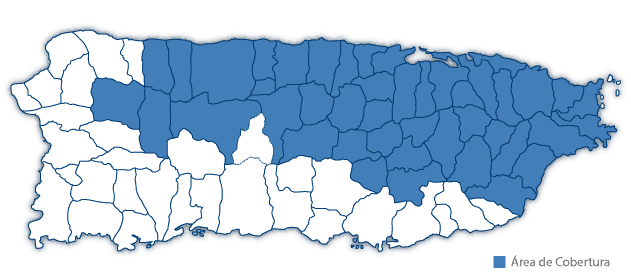
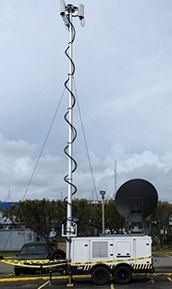
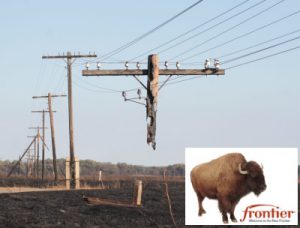 An undisclosed number of Frontier Communications customers in West Virginia were without phone service during the Christmas-New Year’s Day holidays because of copper thefts and slow repair crews that did not begin repairs for up to two weeks after the outages were reported.
An undisclosed number of Frontier Communications customers in West Virginia were without phone service during the Christmas-New Year’s Day holidays because of copper thefts and slow repair crews that did not begin repairs for up to two weeks after the outages were reported.
 Verizon Communications has selected Samsung Electronics as a major supplier of the wireless company’s forthcoming 5G wireless service, launching first in Sacramento, Calif., in the second half of this year.
Verizon Communications has selected Samsung Electronics as a major supplier of the wireless company’s forthcoming 5G wireless service, launching first in Sacramento, Calif., in the second half of this year.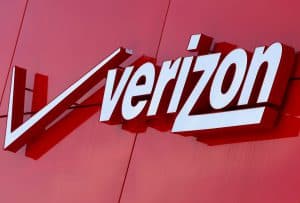 Verizon’s wireless customers in Sacramento will be the first to receive invitations to switch their home broadband accounts away from AT&T, Frontier, Wave Broadband and Comcast — the four largest incumbent providers in the greater Sacramento area. Verizon claims its 5G service can support speeds up to 1Gbps. Verizon has been testing 5G service in 11 U.S. cities, but has kept pricing details to itself. The issue of data caps has been repeatedly raised and most industry analysts predict Verizon will usage cap its 5G service at around 200GB a month. Whether the company plans to offer an unlimited use plan is unknown.
Verizon’s wireless customers in Sacramento will be the first to receive invitations to switch their home broadband accounts away from AT&T, Frontier, Wave Broadband and Comcast — the four largest incumbent providers in the greater Sacramento area. Verizon claims its 5G service can support speeds up to 1Gbps. Verizon has been testing 5G service in 11 U.S. cities, but has kept pricing details to itself. The issue of data caps has been repeatedly raised and most industry analysts predict Verizon will usage cap its 5G service at around 200GB a month. Whether the company plans to offer an unlimited use plan is unknown.
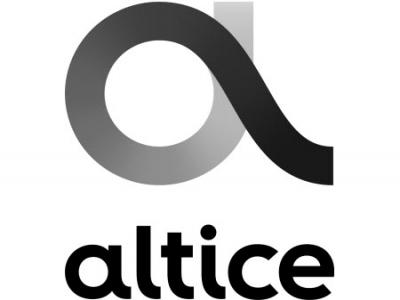 “We are focused on providing the best content experience for our customers and continually evaluate which channels meet their needs and preferences relative to the cost of the programming imposed by content owners,” Altice officials said in a statement. “Given that Starz is available to all consumers directly through Starz’ own over-the-top streaming service, we don’t believe it makes sense to charge all of our customers for Starz programming, particularly when their viewership is declining and the majority of our customers don’t watch Starz. We believe it is in the best interest of all our customers to replace Starz and StarzEncore programming with alternative entertainment channels that will provide a robust content experience at a great value.”
“We are focused on providing the best content experience for our customers and continually evaluate which channels meet their needs and preferences relative to the cost of the programming imposed by content owners,” Altice officials said in a statement. “Given that Starz is available to all consumers directly through Starz’ own over-the-top streaming service, we don’t believe it makes sense to charge all of our customers for Starz programming, particularly when their viewership is declining and the majority of our customers don’t watch Starz. We believe it is in the best interest of all our customers to replace Starz and StarzEncore programming with alternative entertainment channels that will provide a robust content experience at a great value.”